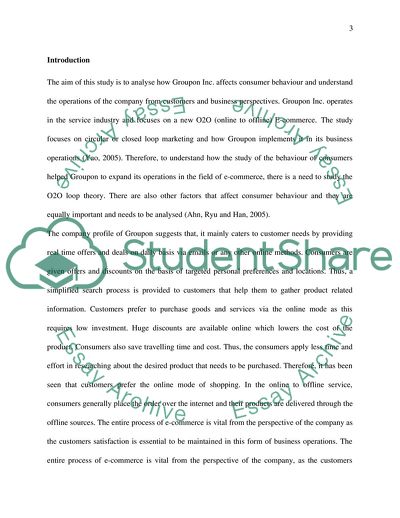Cite this document
(Groupon a new O2O(online to offline) e-commerce Literature review, n.d.)
Groupon a new O2O(online to offline) e-commerce Literature review. https://studentshare.org/e-commerce/1843380-groupon-a-new-o2oonline-to-offline-e-commerce
Groupon a new O2O(online to offline) e-commerce Literature review. https://studentshare.org/e-commerce/1843380-groupon-a-new-o2oonline-to-offline-e-commerce
(Groupon a New O2O(online to Offline) E-Commerce Literature Review)
Groupon a New O2O(online to Offline) E-Commerce Literature Review. https://studentshare.org/e-commerce/1843380-groupon-a-new-o2oonline-to-offline-e-commerce.
Groupon a New O2O(online to Offline) E-Commerce Literature Review. https://studentshare.org/e-commerce/1843380-groupon-a-new-o2oonline-to-offline-e-commerce.
“Groupon a New O2O(online to Offline) E-Commerce Literature Review”. https://studentshare.org/e-commerce/1843380-groupon-a-new-o2oonline-to-offline-e-commerce.


